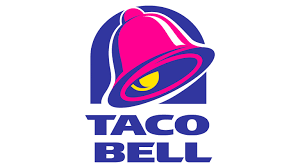About AWS
Overview
Since launching in 2006, Amazon Web Services has been providing industry-leading cloud capabilities and expertise that have helped customers transform industries, communities, and lives for the better.
As part of Amazon, we strive to be Earth’s most customer-centric company. We work backwards from our customers’ problems to provide them with the broadest and deepest set of capabilities so they can build anything they can imagine.
Our customers—from startups and enterprises to non-profits and governments—trust AWS to help modernize operations, drive innovation, and secure their data.
AWS is How
AWS powers innovation across every industry, helping organizations build smarter, scale faster, and lead with confidence.
Videos




Learn more about AWS